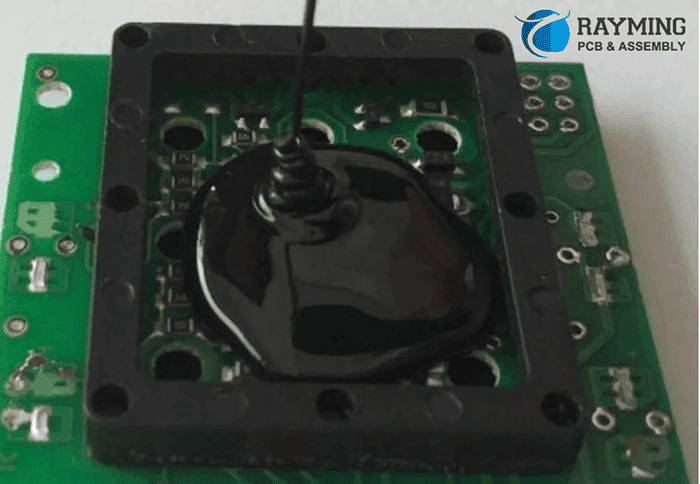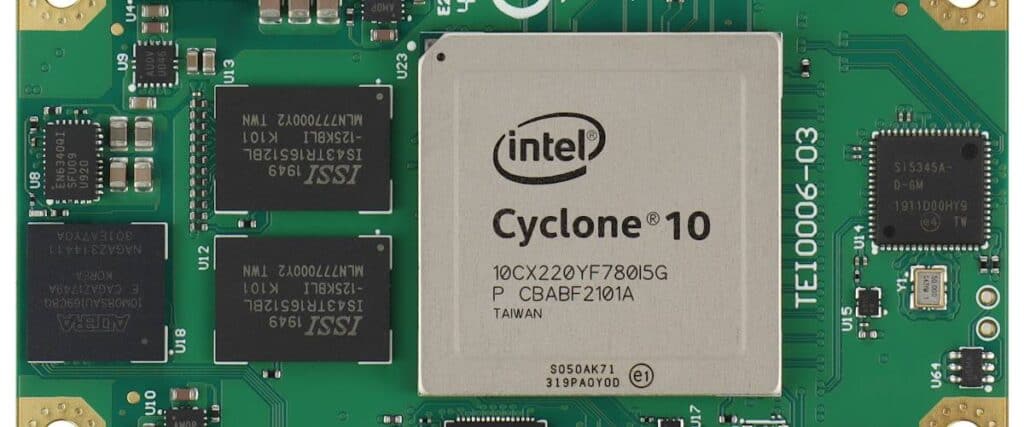Getting a PCB Assembly Quote: Key Factors and Tips for Success
Today is Wednesday, August 23, 2023 and you’re looking to get an accurate quote for your printed circuit board (PCB) assembly project. Here’s a comprehensive guide on the key factors to consider and tips for getting the best quote.
Overview of the PCB Assembly Process
Before diving into quotes, let’s quickly go over the key stages of PCB assembly:
PCB Design
- Creating the schematics and PCB layout files that specify trace routing, component placement, etc.
- Most companies will handle PCB design for you if you provide a schematic and bill of materials (BOM).
Sourcing Components
- Identifying distributors for all the components needed (resistors, ICs, connectors etc).
- Negotiating pricing and lead times.
PCB Fabrication
- Producing the bare PCBs by chemically etching copper traces onto laminate boards.
PCB Assembly
- Soldering and assembling components onto the fabricated PCB.
- Programming firmware and testing functionality.
Enclosure Design
- Designing and fabricating an enclosure for the assembled PCB.
With this overview in mind, let’s look at key quote factors.
Key Factors that Impact Your PCB Assembly Quote

Here are the top considerations that will affect the pricing you receive:
1. Location of the Manufacturer
- In general, quotes from North America and Western Europe will be 50-100% higher than Asia.
- However, local manufacture reduces shipping costs and lead times.
2. Order Volume
- Higher quantities (1000+ units) provide economies of scale and thus lower per unit costs.
- Lower quantities often have high one-time setup fees factored in.
3. PCB Size and Complexity
- Larger and more complex PCBs require more materials, specialized equipment and manual labor.
- Simple, small boards can often be assembled cheaply at scale.
4. Component Types
- Common “jellybean” components are cheap and widely available.
- Rare or obsolete components can be very expensive and time-consuming to source.
5. Automation vs Manual Assembly
- Automated SMT assembly is quick but requires an upfront capital investment.
- Manual assembly is flexible but slower and more expensive.
6. Certifications
- Certifications like ISO9001 and ITAR add overhead costs but ensure quality.
- Medical or military products often require specialized certified facilities.
7. Lead Times
- Normal lead times are 8-12 weeks. Rush orders can cost 20-50% more.
8. Order Volumes
- High order volumes (1k+ units) provide economies of scale.
- Low volumes often have high one-time setup costs.
9. Testing Requirements
- Simple functionality testing is standard. Complex acceptance testing adds cost.
- Items like burn-in testing or environmental stress screening add time and expense.
With these factors in mind, here are some tips for getting the best quote.
Tips for Getting the Best PCB Assembly Quote
Follow these tips to make sure you get an apples-to-apples quote and avoid surprises down the line:
Provide Detailed Specifications Upfront
- Provide your PCB schematic, layout files, BOM, component datasheets, quantity requirements, and any certifications needed.
- The more info you provide upfront, the more accurate the quote will be.
Get Quotes from At Least 3 Manufacturers
- Get quotes from both domestic and foreign manufacturers.
- Watch out for extremely high or low outliers.
Review Each Quote Carefully
- Read the fine print on each quote. Many add hidden fees for reels, packaging, tooling etc.
- Ask clarifying questions so you fully understand what’s included.
Visit the Manufacturer’s Facility (if possible)
- Seeing the assembly floor first-hand gives you confidence in their capabilities.
- Look at factors like equipment, capacity, and employee skill.
Confirm Lead Times
- Make sure the quoted lead time works with your schedule.
- Ask what percentage of orders ship on time.
Review Their Quality Processes
- Ask about their quality and testing procedures, repair policy, and defect rates.
- Reputable manufacturers will be transparent if you ask.
Check References
- Ask for references from past customers and contact them.
- Check for online reviews as well.
By following these tips, you can feel confident you’ll select a PCB assembly partner that meets your budget, quality, and schedule needs.
Frequently Asked Questions

What are the typical PCB assembly costs for low vs high volume?
For prototypes and low volumes (<100 units), assembly costs are often $100 – $500 per board. For production volumes above 1,000 units, costs drop to $10 – $50 per board depending on complexity.
Should I get quotes from domestic or overseas manufacturers?
It’s a good idea to get quotes from both. Labor rates overseas are much lower so those quotes will likely be 50-75% cheaper. However, shipping costs eat into those savings, and local manufacturers have quicker turnaround times.
What questions should I ask PCB assembly partners?
Key questions: What is your defect rate? What are your quality certifications? What test equipment do you have? Do you manufacture in-house or subcontract? What are your standard lead times? Do you have references I can contact? Do you repair boards if needed?
Should I pay more for certified manufacturers like ISO?
It depends. For mission critical products, the extra cost is likely worth the quality assurance of strict certifications like ISO9001. For simpler consumer goods, the extra cost may not justify the benefit.
How can I reduce my assembly costs?
Strategies like removing through-hole components, minimizing board size, consolidating components, design for manufacture, and increasing order volumes will all help drive down assembly costs significantly.



0 Comments